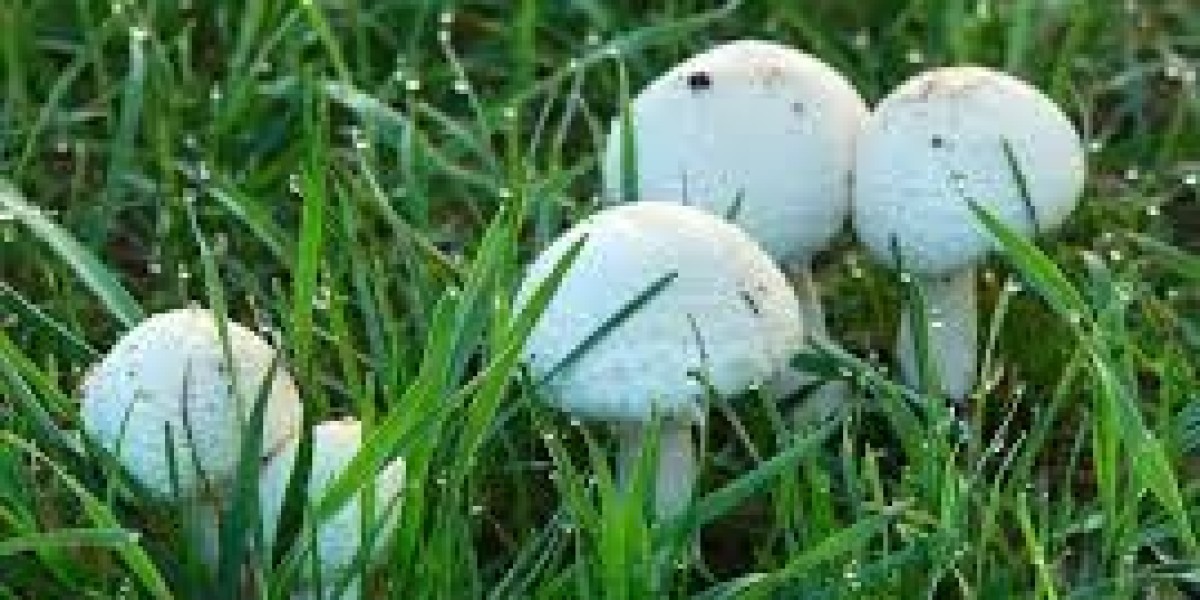Introduction
In the enchanting realm of our backyards, a fascinating and often overlooked spectacle awaits us: big white mushrooms. These mysterious fungi spring up overnight, adding a touch of wonder and intrigue to our outdoor spaces. Whether you're an avid gardener, a nature enthusiast, or simply someone who enjoys the beauty of the outdoors, big white mushrooms in your yard can be a captivating sight. In this article, we'll explore the world of these remarkable fungi, from their identification and ecology to their cultural significance and potential hazards.
- The Fungi's Identity
Big white mushrooms come in various shapes and sizes, but they are characterized by their large, conspicuous caps and, as the name suggests, a predominantly white color. One common species that fits this description is the Agaricus bisporus, also known as the button mushroom or white mushroom. These mushrooms are often found in lawns, gardens, and wooded areas and can reach sizes of up to six inches in diameter. They have a smooth, white cap with gills beneath, and as they mature, their caps may open to reveal a brownish coloration.
- The Ecology of Big White Mushrooms
Big white mushrooms are an integral part of our ecosystem. They are saprophytic, meaning they feed on dead or decaying organic matter, such as decomposing leaves, wood, or even buried tree roots. In doing so, they play a vital role in breaking down organic material and recycling nutrients back into the soil, contributing to the overall health of the ecosystem.
These mushrooms are also known to form mycorrhizal relationships with certain trees and plants, where they exchange nutrients with their host in a mutually beneficial partnership. In these cases, big white mushrooms help enhance the host plant's ability to absorb water and essential minerals from the soil.
- Cultural Significance
Throughout history, mushrooms have held a special place in human culture. Big white mushrooms, with their striking appearance, have been the subject of various folktales and legends. They are often associated with magical properties and have been featured in stories of fairies and mythical creatures.
Mushrooms also hold culinary importance. Agaricus bisporus, in particular, is one of the most widely cultivated and consumed mushroom species globally. From classic mushroom soups to gourmet dishes, these mushrooms have found their way into our kitchens, adding a savory and earthy flavor to a variety of dishes.
- Potential Hazards
While many big white mushrooms are harmless and even edible, it's essential to exercise caution when dealing with wild mushrooms. Some species can be toxic, and consuming them can lead to severe illness or even death. To avoid any risks, it's best to refrain from picking and eating wild mushrooms unless you are an experienced mycologist or have expert guidance.
Additionally, some big white mushrooms in your yard may attract curious pets or wildlife. Keep an eye on your pets, as some mushrooms can be toxic to them as well.
- Conclusion
Big white mushrooms in your yard offer a glimpse into the fascinating world of fungi, a world rich in ecological importance, cultural significance, and visual splendor. Whether you admire them for their beauty, study them for their ecological roles, or even enjoy them in your culinary endeavors, these mushrooms are a reminder of the hidden wonders that surround us in the natural world. However, always exercise caution and never consume wild mushrooms without proper knowledge and expertise. With a mindful approach, you can appreciate the magic of big white mushrooms while respecting their place in the delicate balance of nature.



